Have you ever laced up your walking shoes, looked into your dog’s eyes, and wondered if they’re as excited as you are for that next big stroll—or if they’d rather snooze on the couch? The truth is, some dogs were born for adventure, while others are professional nappers. Knowing which team your pup is on can make all the difference for their happiness and health. Let’s dive into the world of dogs who crave the great outdoors and those who’d rather claim the comfiest spot in your living room.
Labrador Retriever: The Ultimate Walking Buddy
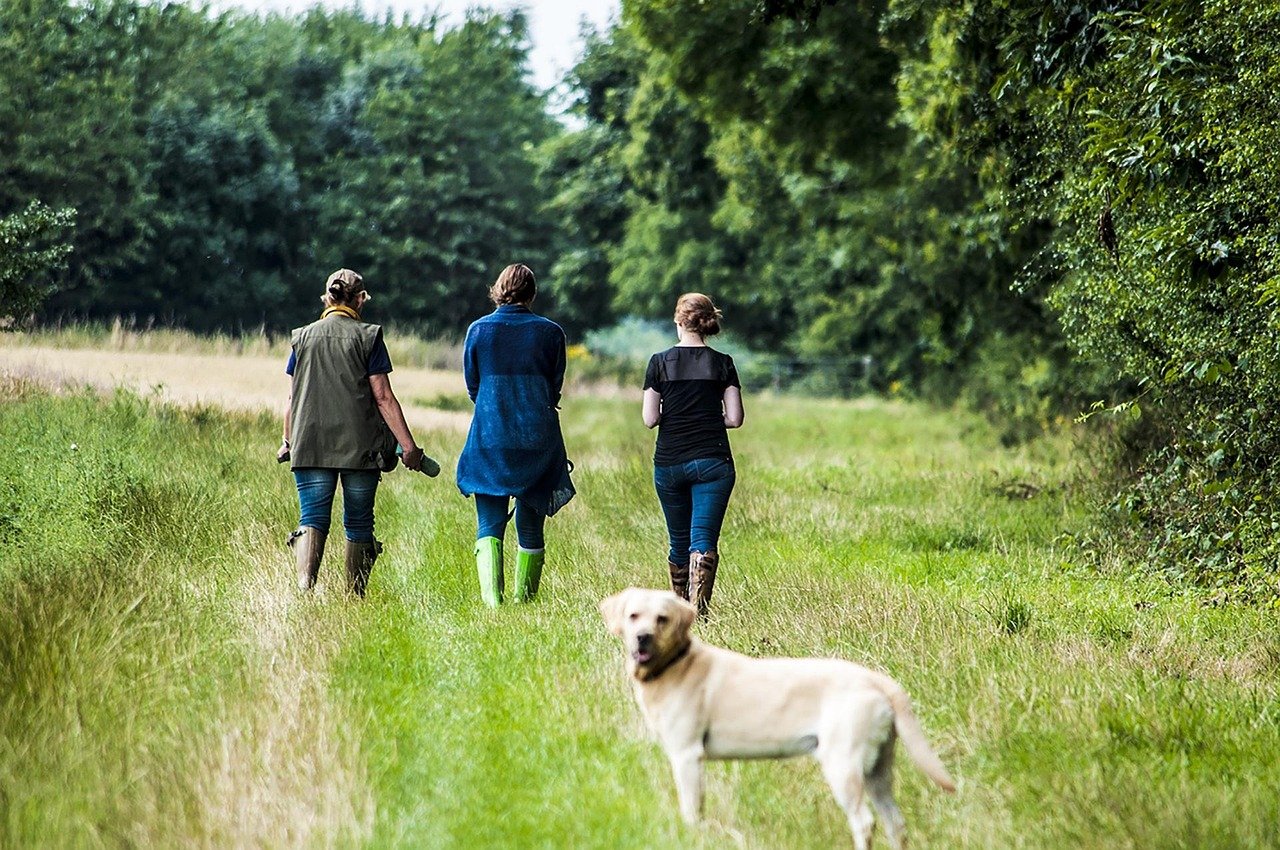
Labradors are legendary for their endless energy and love for the outdoors. If you see that hopeful tail wag and eager bounce when you pick up the leash, you know you’ve got a Lab ready to hit the trails. They’ll walk for miles without losing enthusiasm, sniffing every bush with infectious curiosity.
Regular walks aren’t just fun for Labs—they’re essential. Without enough exercise, these dogs get bored fast, which can lead to chewed shoes or dug-up gardens. Keeping them active helps prevent obesity and supports their famously friendly temperament.
Border Collie: The Tireless Explorer

Border Collies don’t just love walks—they crave them like kids crave candy. These brainy, agile dogs thrive on both physical and mental stimulation. A quick loop around the block? Not enough! They want to explore parks, hike hills, and maybe even herd a few unsuspecting ducks.
Watch for behaviors like pacing or restlessness—these are clues your Border Collie needs more action. Mixing up your routes, adding fetch or agility games, and letting them sniff out new scents can make every walk an adventure.
Siberian Husky: Born to Roam
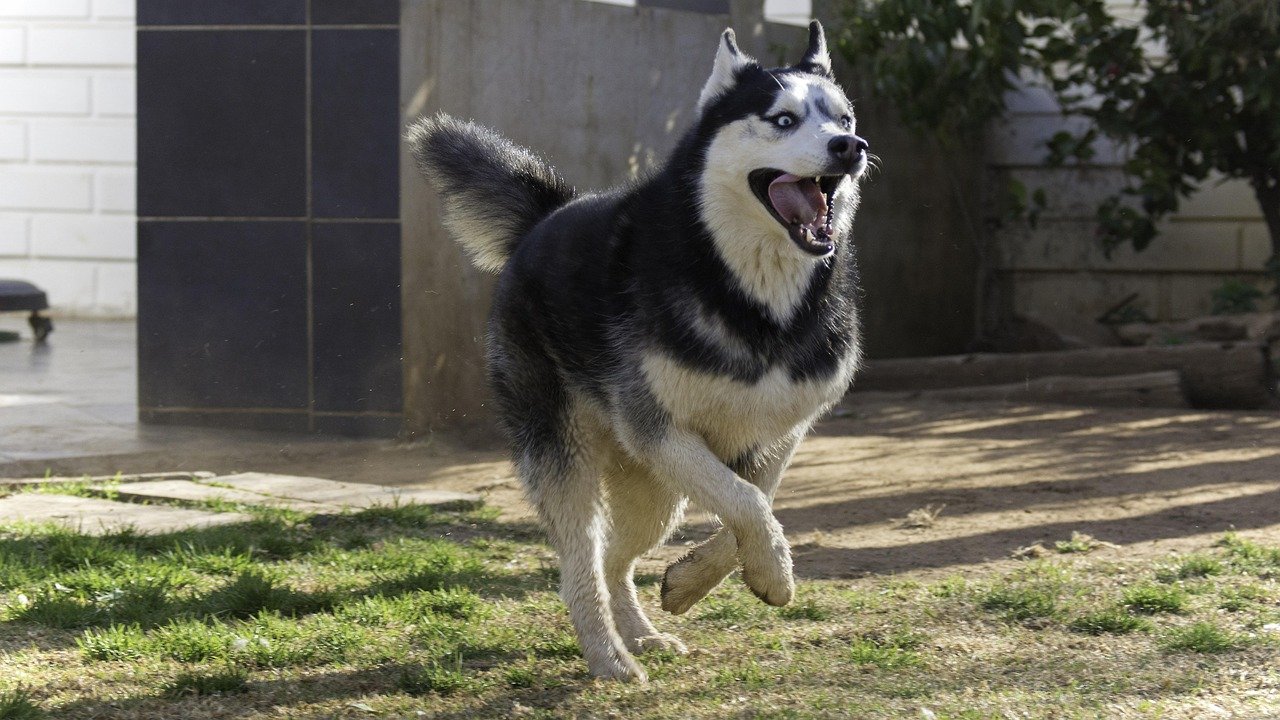
If Huskies could talk, they’d probably ask, “Are we going on a sled run or just a walk?” These dogs were bred for pulling sleds over vast distances, so a simple stroll won’t tire them out. They love to roam and will happily trot alongside you for hours.
Be alert for signs of boredom, like howling or attempting to escape the yard. Always keep your Husky on a leash—they’re notorious escape artists with a nose for adventure. Long walks and even jogging are perfect outlets for their boundless energy.
Australian Shepherd: The Spirited Companion
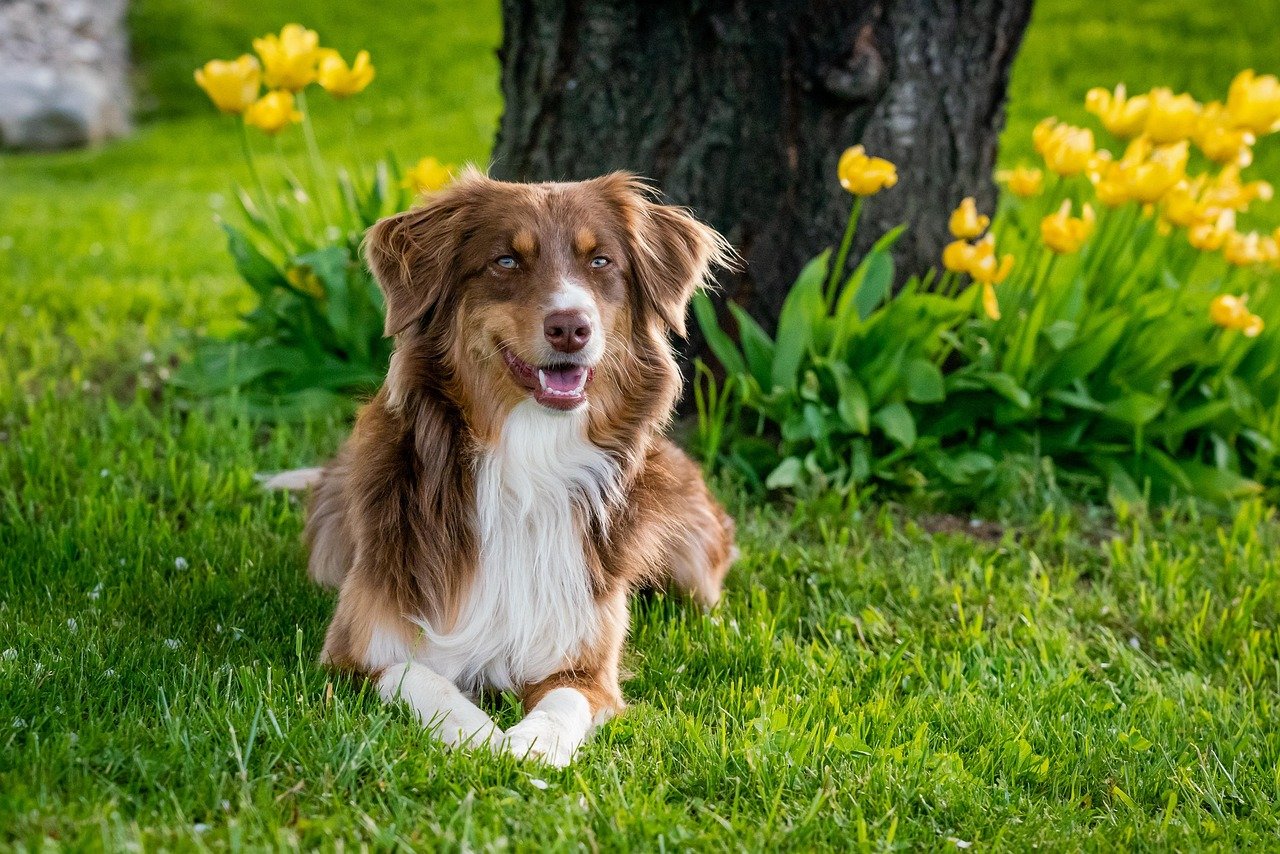
Australian Shepherds are happiest when their paws are moving and their minds are working. A walk is more than exercise for them—it’s a chance to explore, learn, and bond. Their bright eyes light up at the sight of a leash, and they’ll often nudge you if you’re running late.
Aussies need variety, so switch up your walking routes and try obedience or trick training on the go. If you notice them circling you or herding other dogs, it’s a clear sign they want more action.
Jack Russell Terrier: Small Dog, Big Energy

Don’t let their size fool you—Jack Russells are like little rockets on paws. They’re always up for a brisk walk, and their enthusiasm can turn even a short stroll into a lively adventure. Expect them to dart after squirrels and sniff out every interesting scent.
Without enough exercise, these terriers can become mischievous or noisy. Keep walks engaging with games and occasional sprints, and watch for signs like digging or chewing that signal they need more to do.
German Shorthaired Pointer: The Endurance Athlete
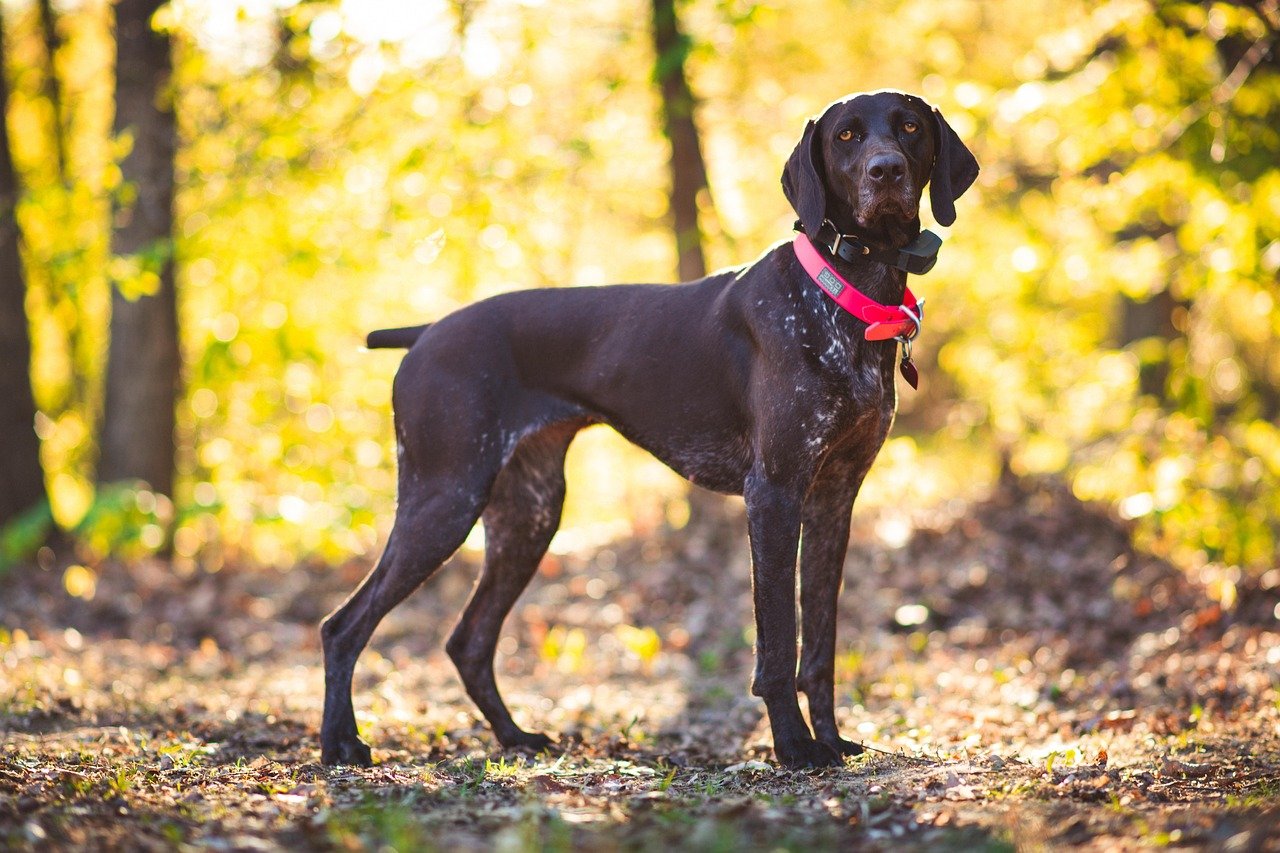
German Shorthaired Pointers were bred to cover ground—lots of it. They’re happiest when moving at a steady pace and seem to have an endless supply of stamina. If you’re a runner or hiker, this breed will be your shadow and your motivator.
Pointers may become restless or even destructive if under-exercised. Look for pacing or excessive barking as signals. Regular, long walks and opportunities to run off-leash in safe areas keep them healthy and content.
Vizsla: Velcro Dog on the Move
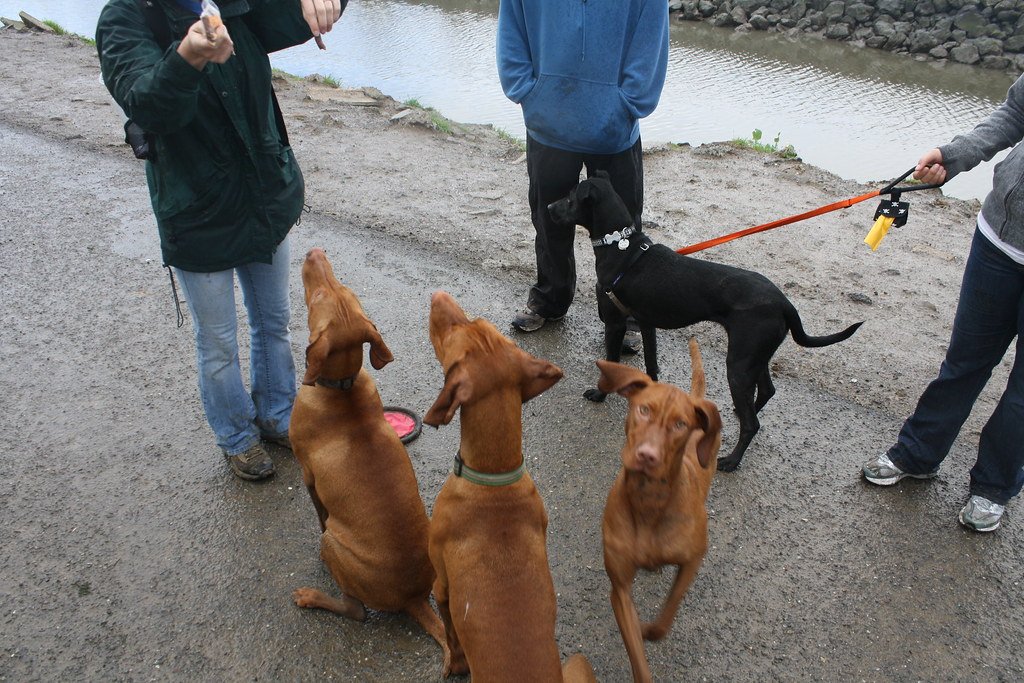
Vizslas are often called “Velcro dogs” because of how closely they bond with their people, but they’re far from couch potatoes. They need plenty of exercise and love sharing every moment with you outdoors. Walks are their favorite way to stay close and burn energy.
If your Vizsla becomes clingy or anxious, it could mean they’re not getting enough activity. Incorporate games like fetch or include them in your own fitness routines to keep their bodies—and hearts—happy.
Belgian Malinois: Driven and Determined

Few breeds have the drive and determination of the Belgian Malinois. Originally bred for herding and police work, these dogs are happiest when they have a job and a purpose. A walk isn’t just physical—it’s mental enrichment too.
If you spot your Malinois barking at shadows or obsessively following you, it could be a sign they need more structured outings. Try combining walks with obedience drills or scent games to keep their minds sharp.
Weimaraner: Graceful and Go-Getter

With their sleek, silver coats and athletic build, Weimaraners are natural athletes. They love long walks, especially in open spaces where they can stretch their legs and explore. Their alert, expressive faces say it all—they’re happiest on the move.
Restlessness or attention-seeking behavior at home can indicate a Weimaraner craving more exercise. Make walks a daily ritual, and consider adding runs or hiking to keep them satisfied.
Golden Retriever: Heartfelt Hiking Partner
Golden Retrievers are famous for their friendly, eager-to-please personalities. They adore walks, not just for the exercise, but for the quality time with their favorite people. Watch their tails wag and eyes shine as you reach for the leash.
If a Golden starts acting mopey or puts on extra pounds, it’s likely they need more regular movement. Daily walks, coupled with play sessions, help keep them both physically and emotionally healthy.
Dalmatian: The Spotted Power Walker
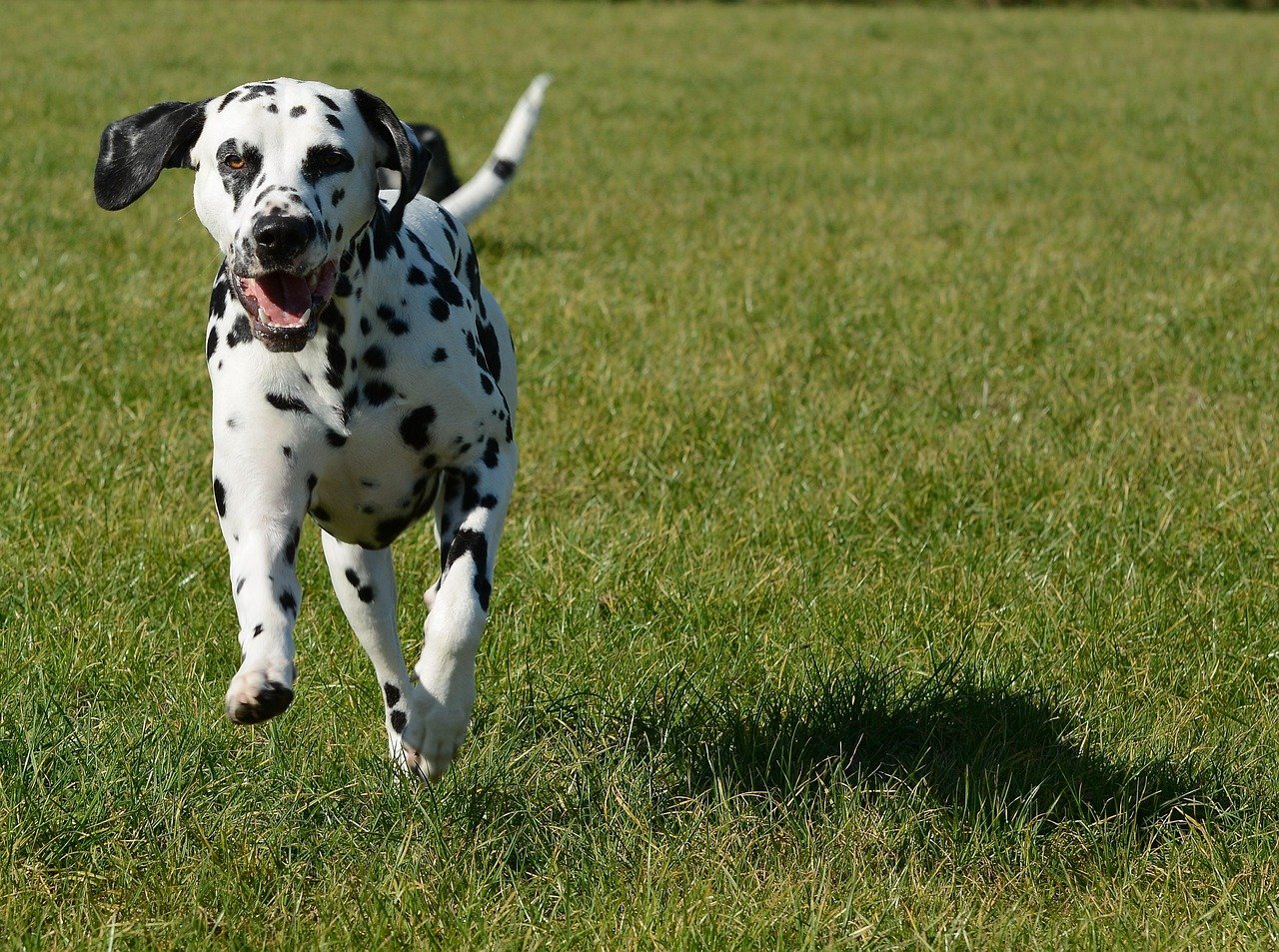
Dalmatians have a history of running alongside carriages, which means they’re built for stamina. They thrive on long walks, jogs, and plenty of activity. You’ll often see their heads held high, proud and ready for the next big outing.
Inactivity can lead to pent-up energy and destructive habits. If your Dalmatian starts pacing or barking excessively, it’s time to lengthen your walks and add some playtime to the routine.
Standard Poodle: Elegance in Motion
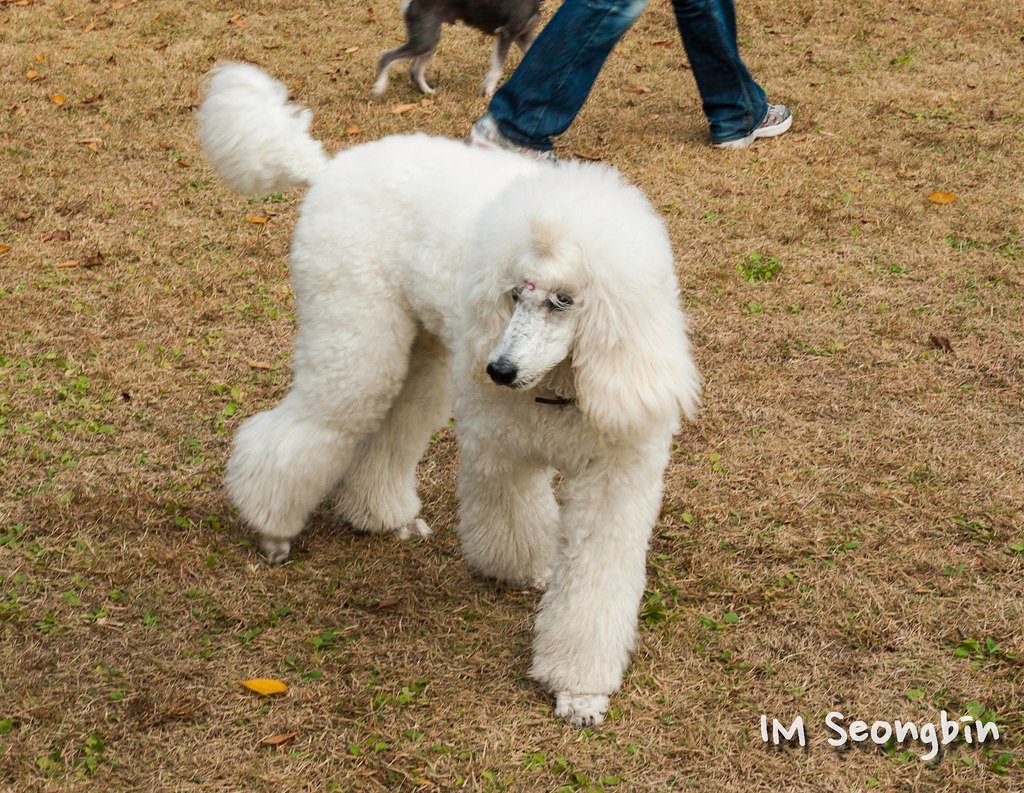
Standard Poodles are more athletic than their stylish looks suggest. They love walks, swims, and even agility courses. Their keen intelligence means they need both mental and physical challenges to stay happy.
If your Poodle seems bored or starts inventing their own games (like rearranging your laundry), it’s a sign they’re craving more outdoor fun. Mix up your walking routes and try a new park to keep things interesting.
English Bulldog: The Couch King

Bulldogs wear their love of comfort like a crown. These gentle souls are happiest lounging on a cozy bed or snuggled up next to you. While they still need daily strolls for health, their short noses and stocky build mean they tire easily.
Look for heavy panting or lagging behind on walks—these are clear signs your Bulldog needs a break. Keep walks short and avoid the heat to protect their health and happiness.
Shih Tzu: Nap Time Enthusiast
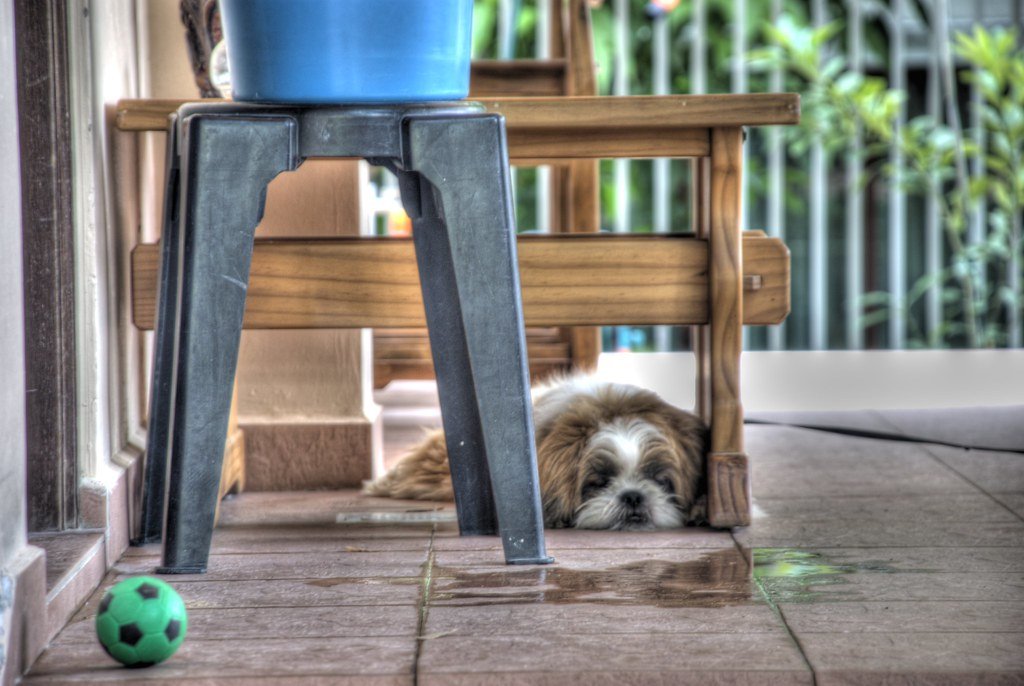
Shih Tzus are the masters of relaxation. They enjoy gentle walks and sniffing around the yard, but long treks aren’t really their thing. They’d much rather curl up on your lap and watch the world go by.
If your Shih Tzu is reluctant to walk or seems content snoozing most of the day, don’t push them too hard. Short, easy strolls and indoor play keep them healthy without overwhelming their little legs.
Chow Chow: Regal and Reserved
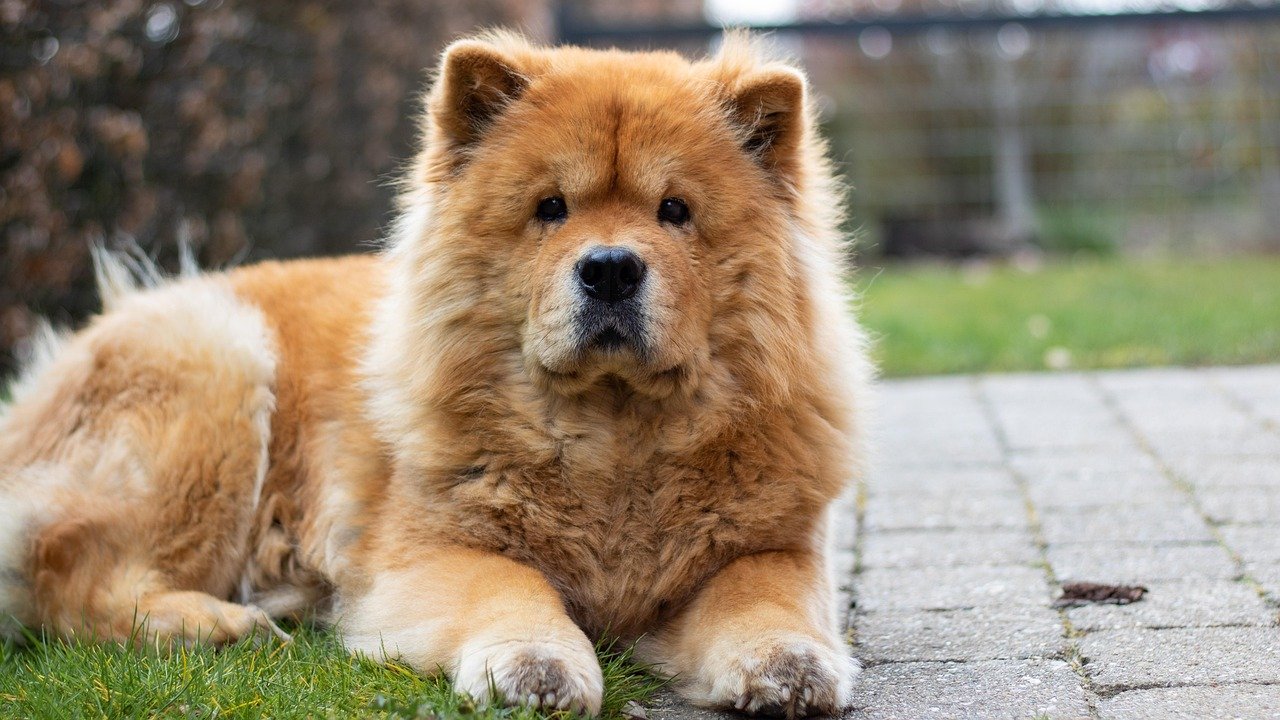
Chow Chows have a calm, dignified presence and a definite preference for peace and quiet. They like short, leisurely walks, but are far from marathoners. A little outdoor time, followed by a long nap, is their idea of bliss.
If your Chow Chow seems uninterested in walks or lies down during outings, it’s okay—they simply don’t need as much activity as other breeds. Respect their pace and focus on quality over quantity.
Basset Hound: Sniffing and Snoozing

With their droopy eyes and slow gait, Basset Hounds are built for sniffing, not speed. They enjoy ambling along at their own pace, but after a brief outing, they’re ready for a cozy rest. Their calm demeanor makes them perfect companions for homebodies.
Watch for signs of stiffness or weight gain, which can happen if a Basset Hound becomes too inactive. Gentle, regular walks help maintain their health without tiring them out.
Great Dane: Gentle Giant of the Sofa

Despite their imposing size, Great Danes are surprisingly mellow. They love lounging around the house and are content with a few short walks each day. Too much exercise can actually strain their joints.
If your Dane seems lethargic, it could be a sign of discomfort or health issues, so always monitor their energy and consult your vet if anything changes. Prioritize soft, supportive bedding and keep walks brief.
French Bulldog: Comedic Cuddler
French Bulldogs are charmers with a real love for comfort. They’ll happily accompany you for a quick walk but will just as eagerly snuggle up on the couch. Their compact bodies and short snouts mean they shouldn’t overexert, especially in hot weather.
Signs of fatigue or heavy breathing mean it’s time to head home. Focus on indoor play and gentle strolls to keep your Frenchie fit and happy, and always watch for breathing issues.
Pug: The Playful Lounger

Pugs are full of personality, but they’re not marathon walkers. They enjoy short walks, lots of playtime, and, most importantly, being close to their humans. A comfy spot on your lap is their idea of heaven.
If your Pug starts snoring more than usual or seems sluggish, it’s a hint they may need more gentle activity or a vet check. Keep walks short and sweet, and never push them too hard.
Conclusion
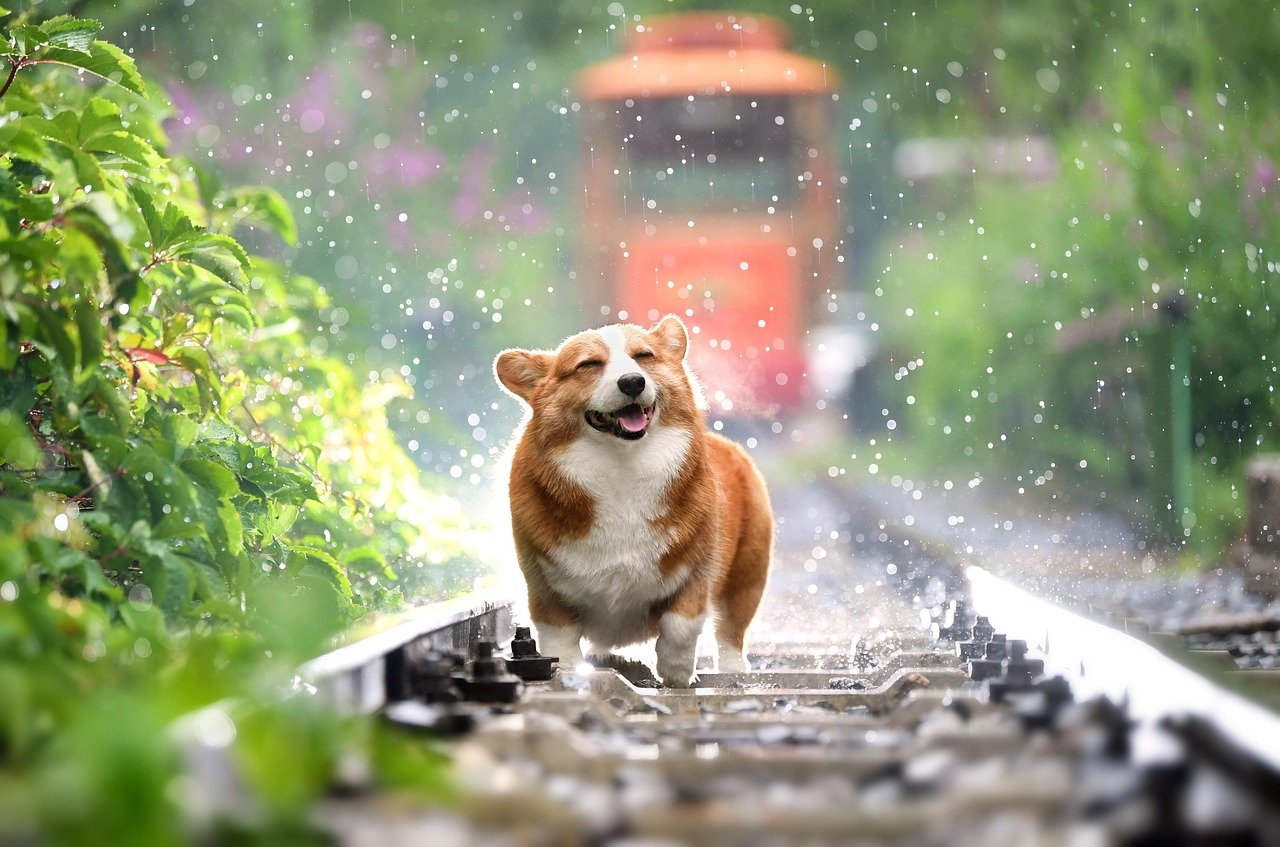
Every dog is unique, but knowing your pup’s natural inclinations can make daily life smoother and more joyful for both of you. Whether your companion is a long-walk enthusiast or a champion of couch cuddles, there’s no “right” way to be a dog—just the way that keeps their tail wagging and their heart happy. So, which team is your furry friend on?

Esther is from India; the heartbeat of South Asia, holding a Master’s degree in Zoology and a postgraduate diploma in Animal Welfare. Her enthusiasm for animal welfare drives her passion and dedication to working for animals, ensuring their well-being, and advocating for their rights. With a solid academic background and hands-on experience, she is committed to making a positive impact in the field of animal welfare. In her free time, she enjoys embroidery and sewing. As a Chennaite from Tamil Nadu, Esther loves Bharathanatyam, an Indian classical dance form.






